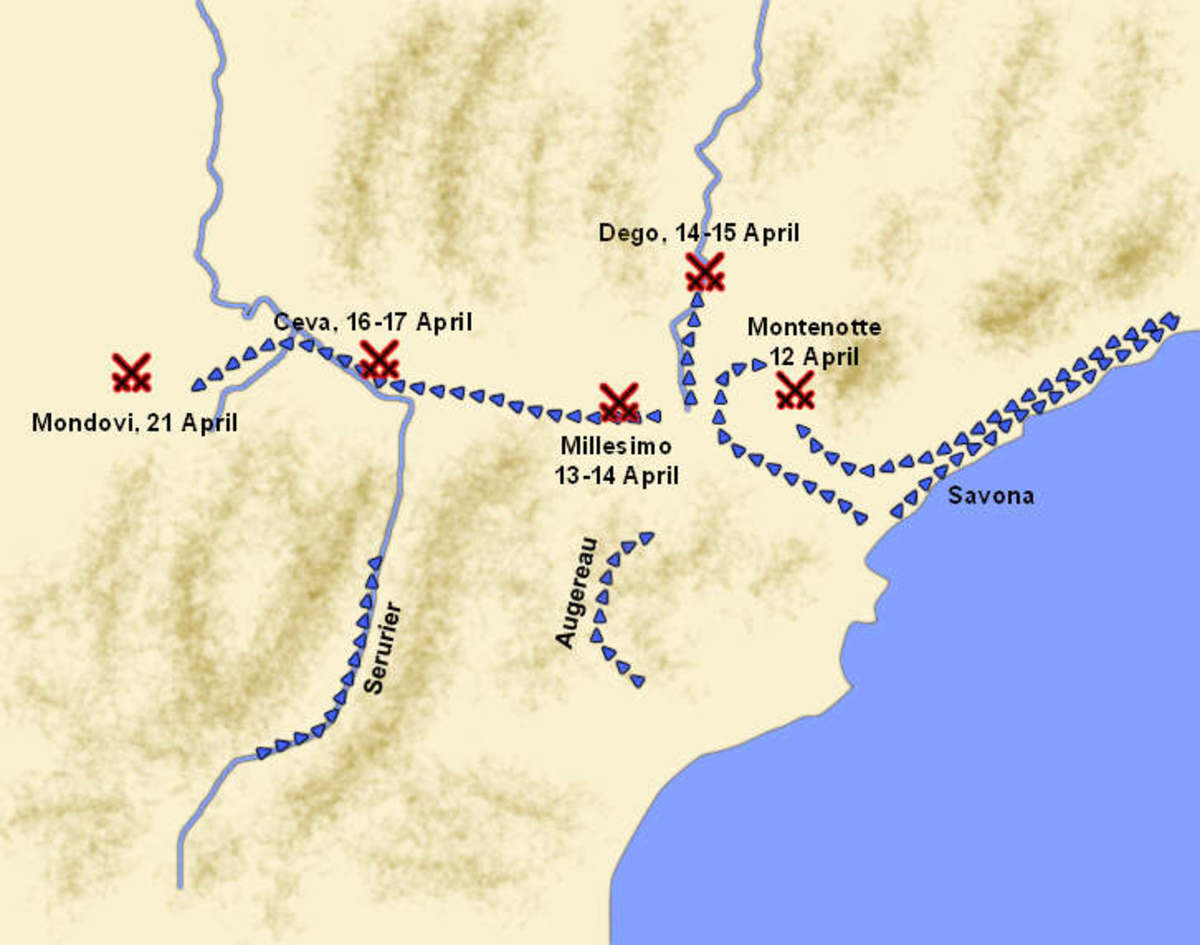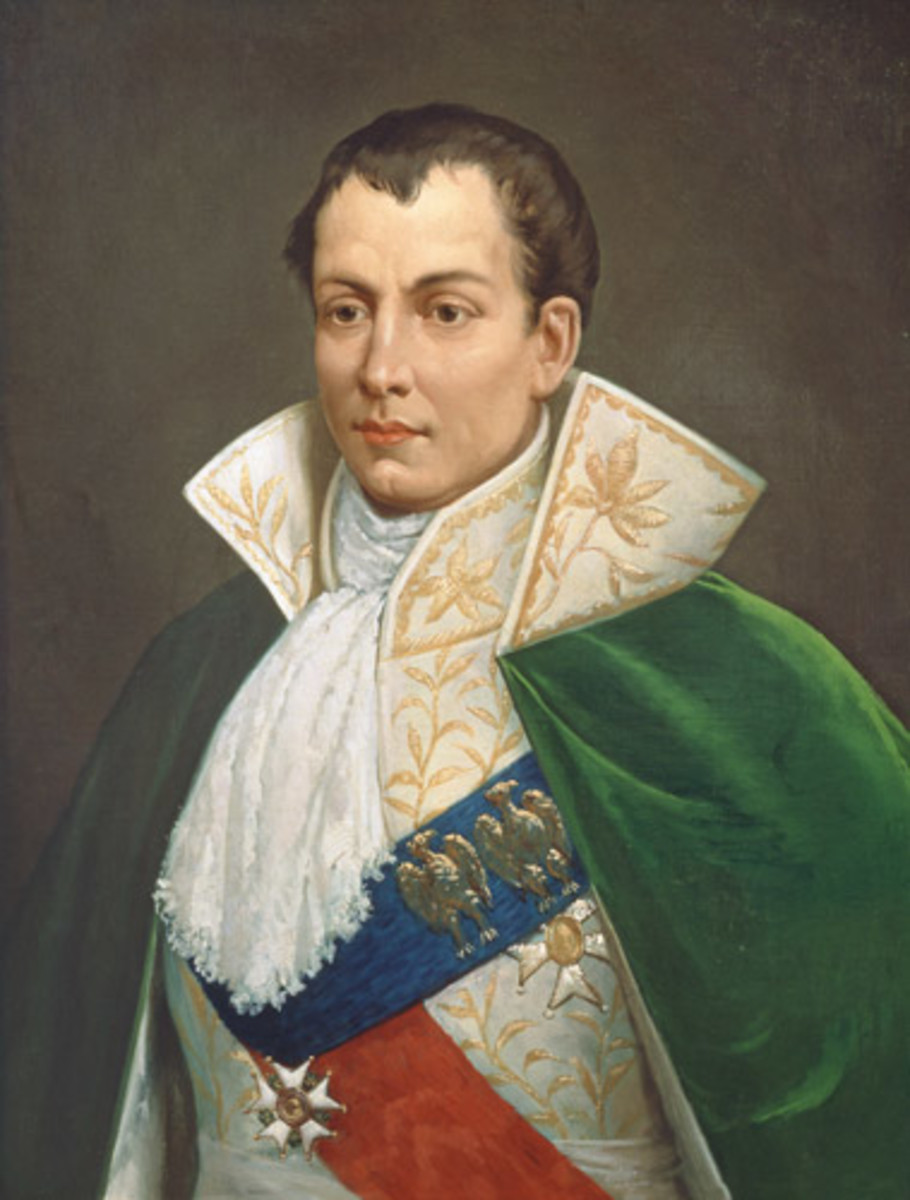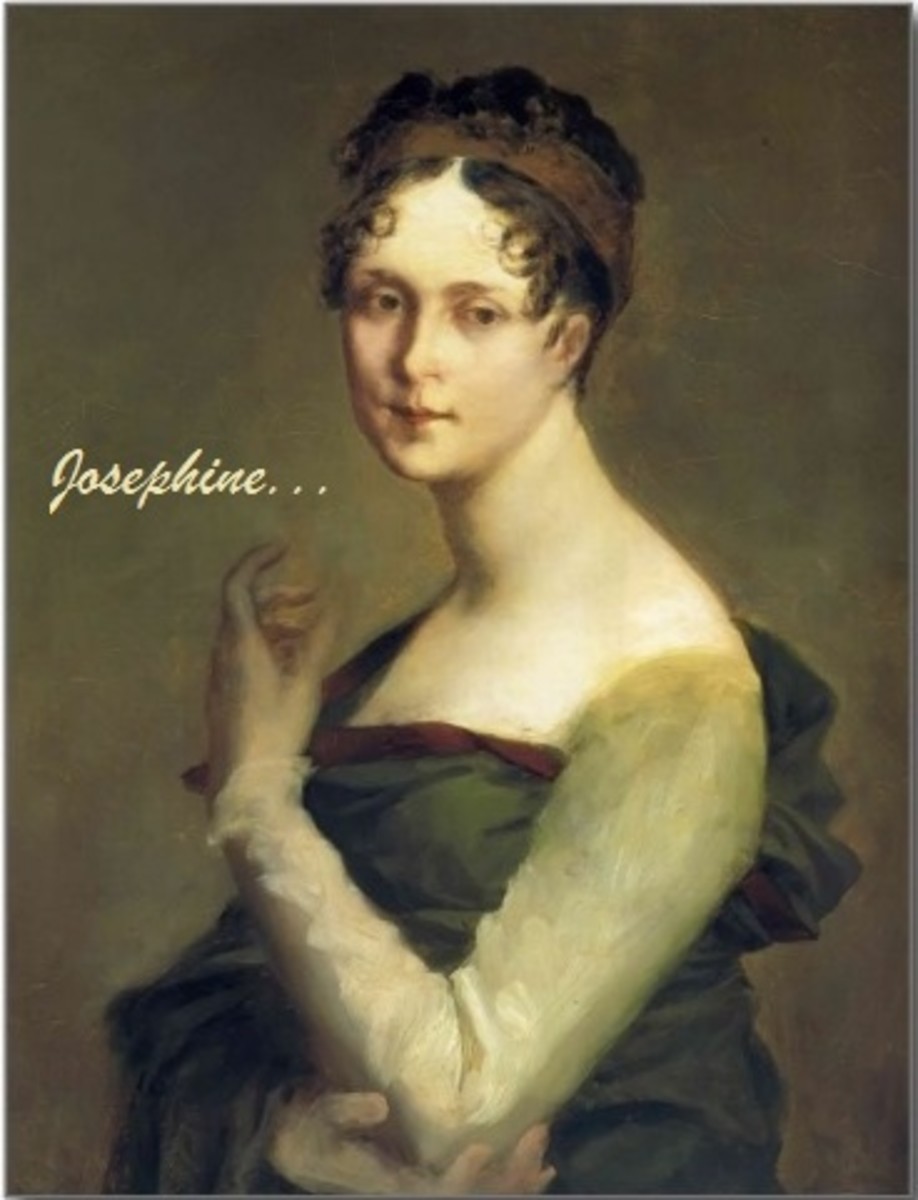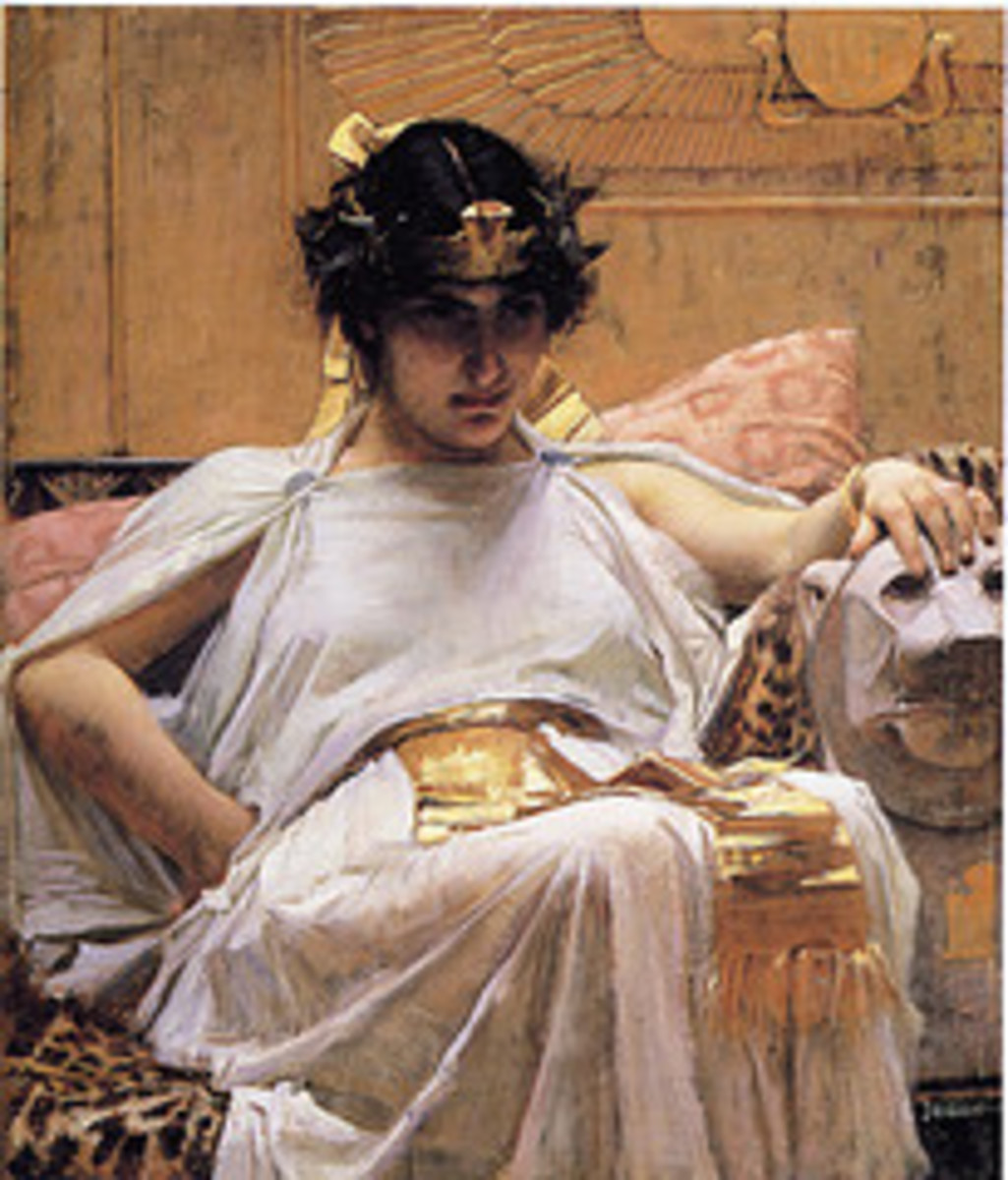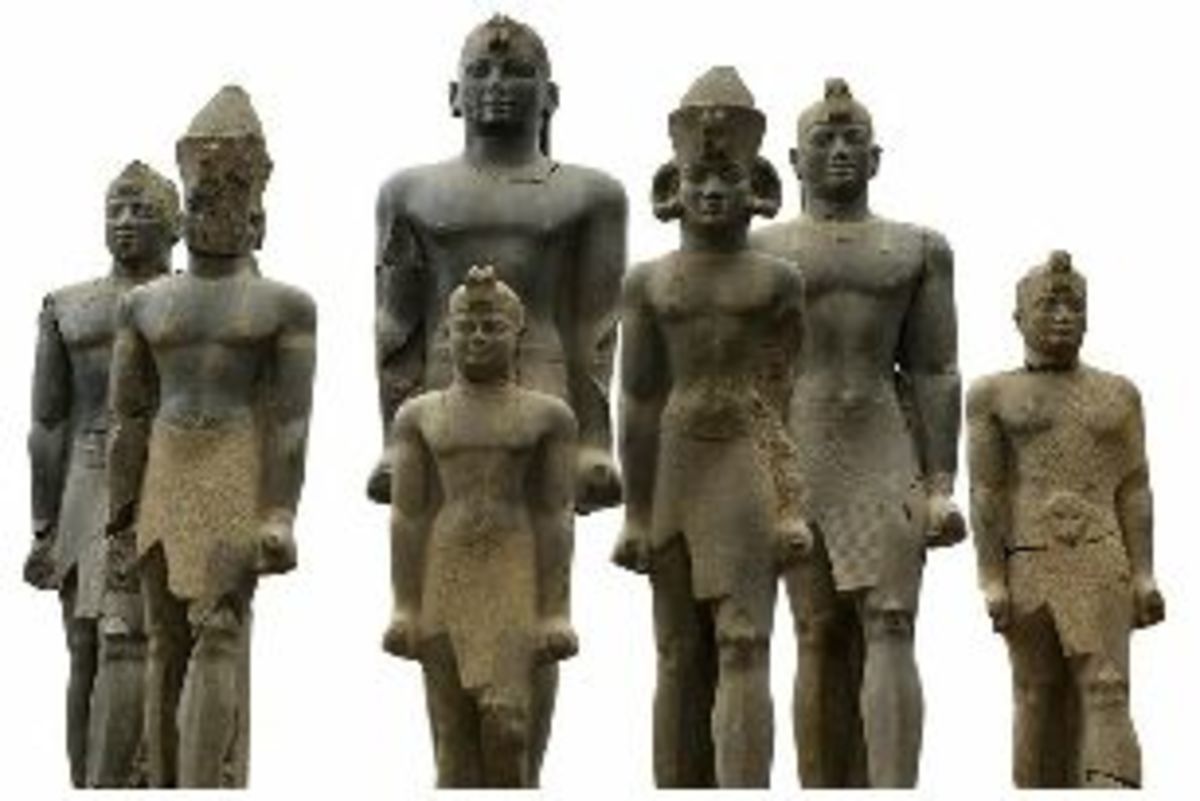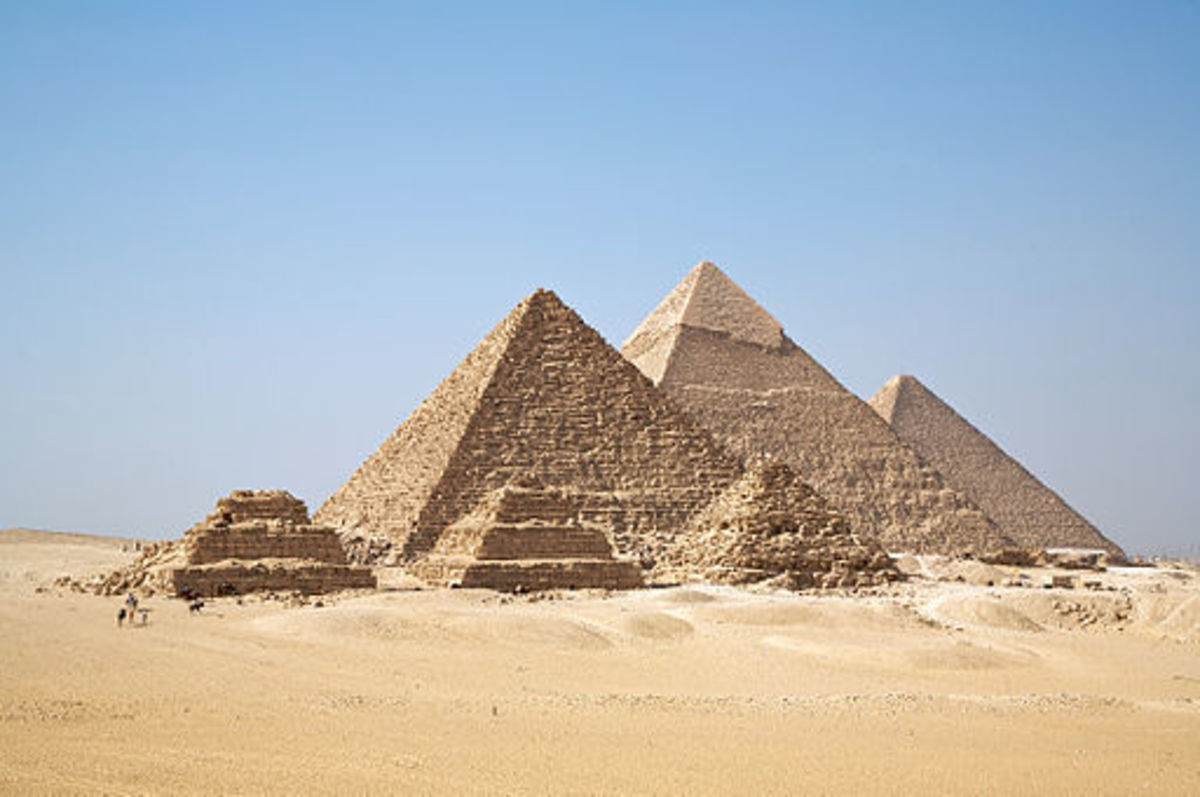- HubPages»
- Education and Science»
- History & Archaeology»
- History of the Middle East
Napoleon's expeditions in Egypt
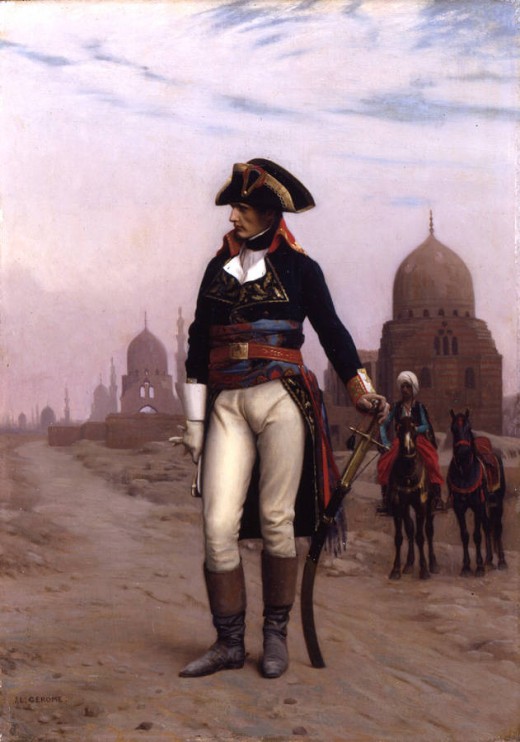
Napoleon’s Expedition to Egypt
In 1798 Napoleon Bonaparte organised an expedition to Egypt in an attempt to reduce the British influence in the region. Alongside this military aim was the aim to explore and survey the ancient lost civilization. Napoleon’s navy was defeated by the British sailing under Admiral Lord Nelson at the Battle of Akubir Bay but the work of the explorers was far more successful.
Napoleon had created teams of experts with skills in areas such as surveyors, engineers, astronomers, chemists and botanists as well as artists, architects and archaeologists. The aim of these teams was to record all they could about life in Egypt both in the present and in the past. After the sea battle the French were effectively stranded in Egypt and they spent the next three years travelling across the whole country, noting changes in geography, studying the plants and animals of the area and digging at archaeological sites.
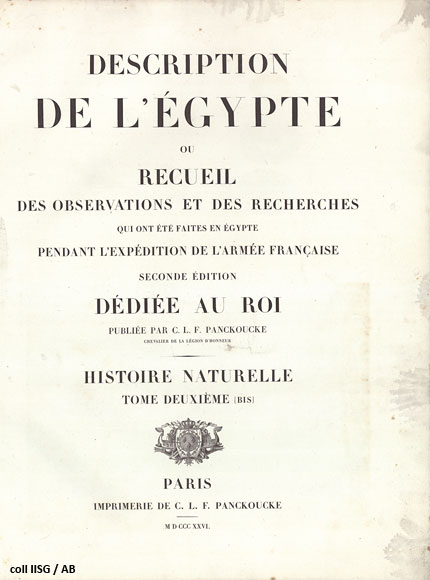
Description de l'Egypte
The activities of the French team were published in a series of 20 volumes between 1809 and 1828 in a publication called Description de l’Egypte. The book was beautifully illustrated and caused a stir in the world as it depicted pyramids and pharaohs the likes of which had never been seen. In order to make the pictures more realistic many had been measured in order that illustrations would be drawn to scale by the French artists in residence. The French team explored the Valley of the Kings and located sixteen tombs. Two young French engineers Jollois and deVilliers made the first accurate map of the area. They also discovered a secondary valley , the western valley and in it the tomb of Amenhotep III (c1390-1352), his existence had not previously been known to the western world.
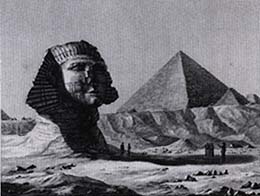
The commission also recorded several temples in the upper part of Egypt. At that time their images were still bright with colour. There is a story that at the sight of the Luxor and Karnak temples, the expedition troops became so overwhelmed that they formed ranks and presented arms to the accompaniment of their drums and the bands. This must have been the reaction of European society when the Description was published.
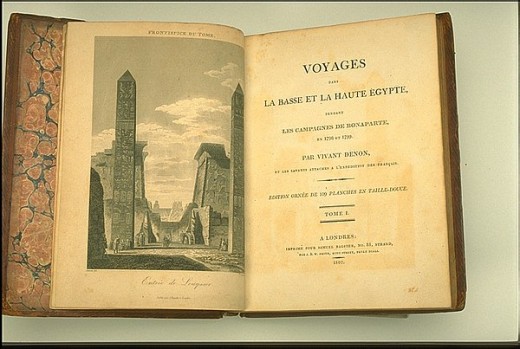
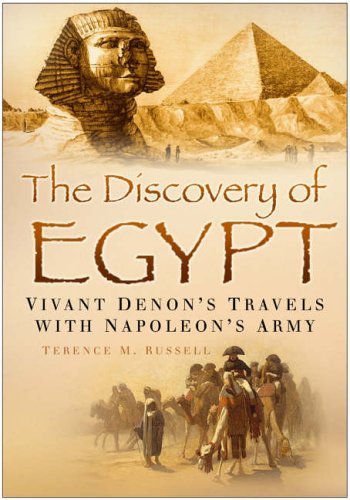
Voyages dans la Basse et la Haute Egypte
In 1802 a popular book was published which was more accessible to the general public than the Description. This book, written by Vivant Denon was entitled Voyages dans la Basse et la Haute Egypte. It became a best seller running to 40 editions and being translated into English and German. This book, followed later by the Description brought a wave of interest in Egypt across Europe .
Vivant Denon or Baron Dominique Vivant Denon had served at the French court under Louis XV and also as an ambassador to the courts at St. Petersburg and Naples under LouisxvI. Despite his royal connections and aristocratic bearing he managed to escape the horrors of the French revolution and became a favourite of the Empress Josephine who found him a place on Napoleon’s expedition.
Denon was a talented artist and he undertook much of the expeditions illustrative work. His working conditions could be dangerous with troops from local tribes taking pot shots at him. He complained bitterly of the little time given to him in the Valley of the Kings.
“How was it possible to leave such precious curiosities without taking a drawing of them? How to return without having at least a sketch to show? I earnestly demanded a quarter of an hour’s grace. I was allowed twenty minutes; one person lighted me, while another held a taper to every object I pointed out to him and I completed my task in the time prescribed with spirit and correctness.
On his return from Egypt Denon was appointed Director General of Museums. He later went on to found the Musee Napoleon which became the Louvre in Paris.


